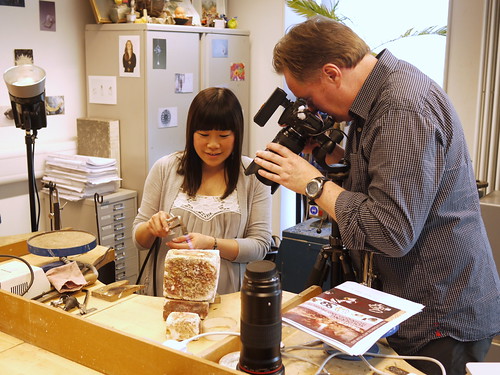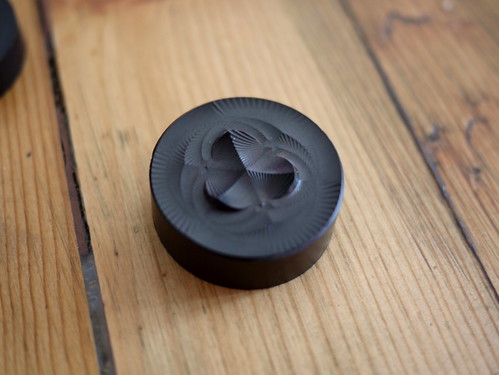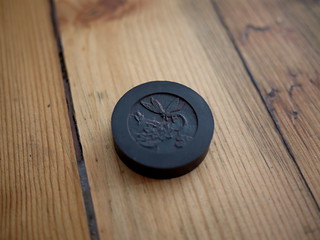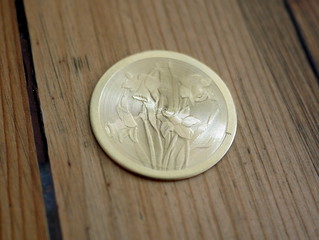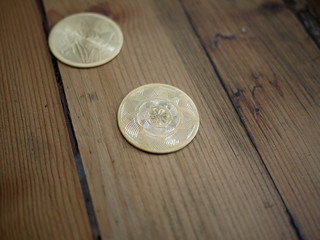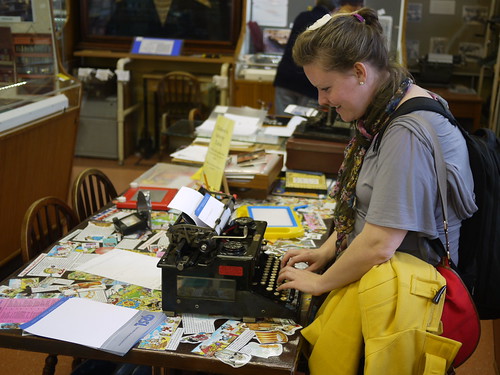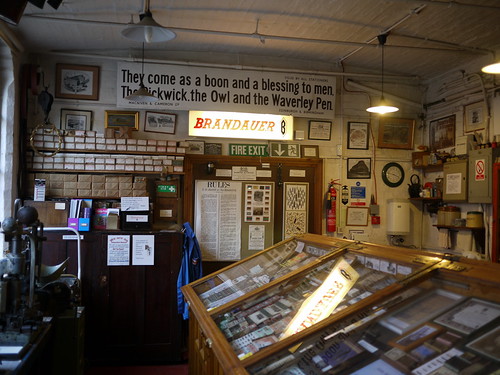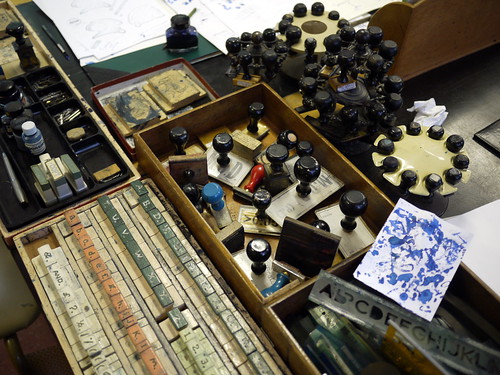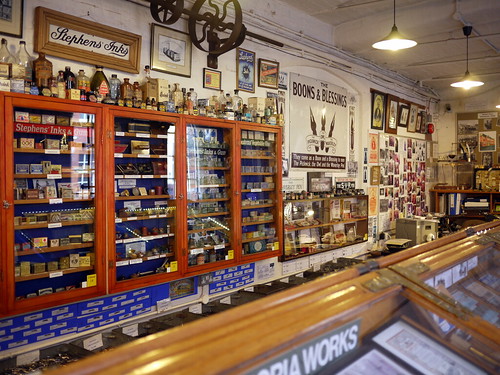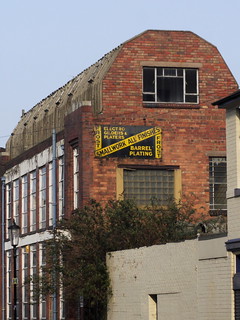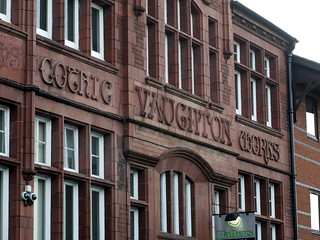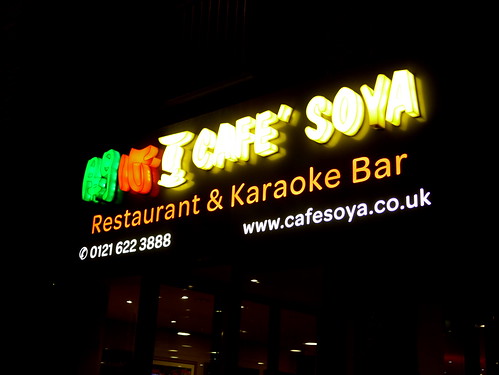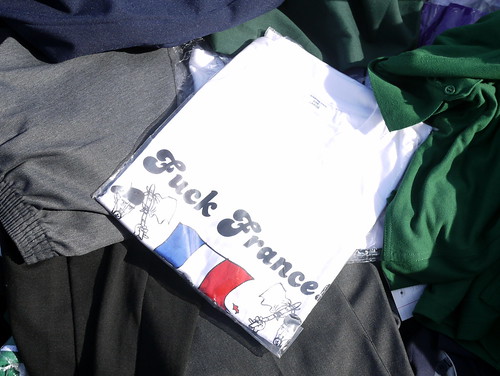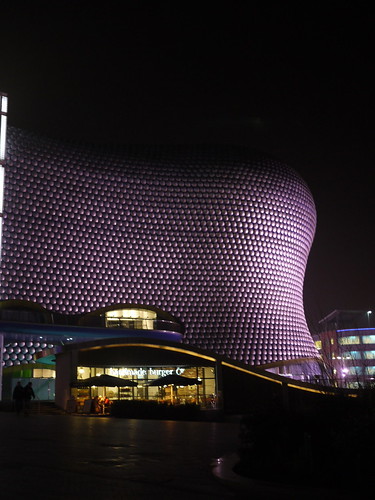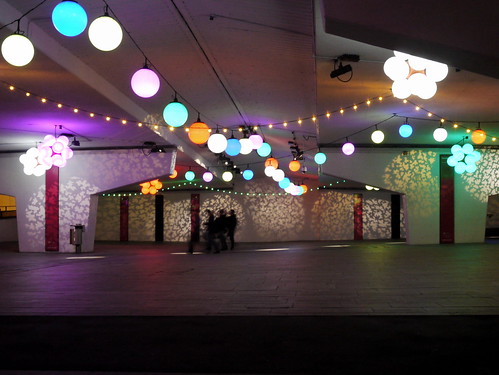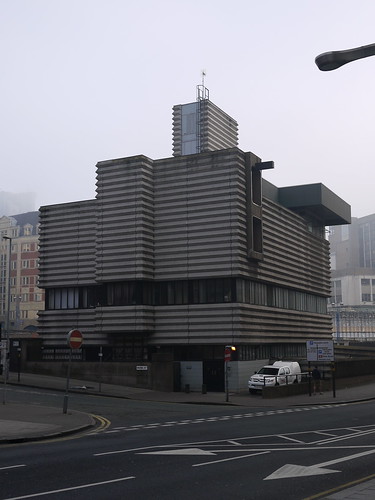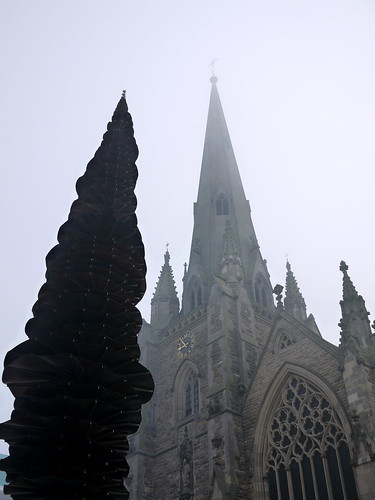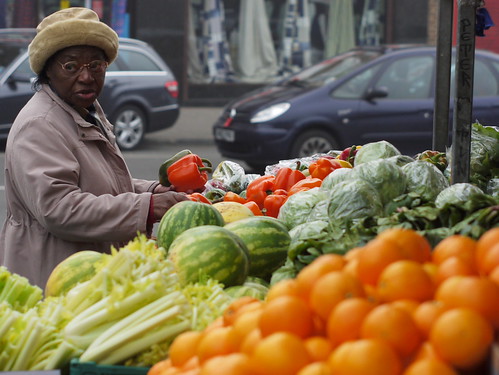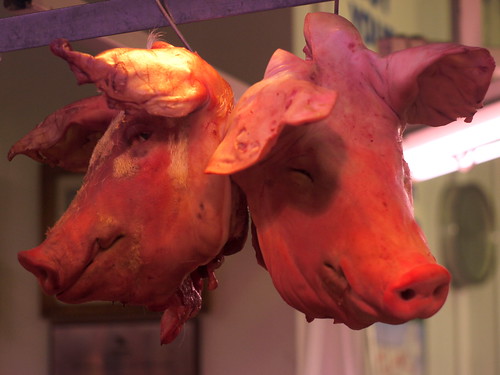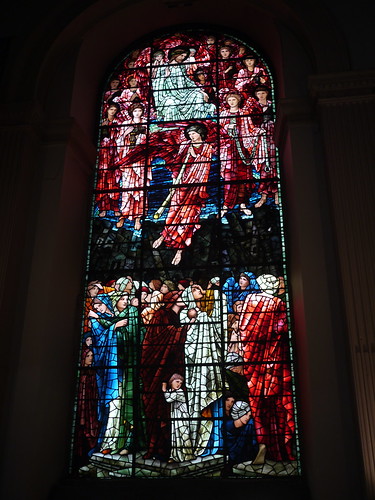The photographer was SO professional and it was a pleasure to watch him work.
Immediately after the photography finished - I should say that I had a class of students with learning difficulties in the other half of the workshop, which made the photographer's job even harder - I set off to go to Birmingham for the weekend. Anyone who has followed my posts on here will know that I've a real fondness for Birmingham, it being the jewellery centre for the UK and also a generally pleasant place. The weather was fantastic, so everyone was cheerful and wanting to chat. This time I went to meet with Callie Shevlin, the Spanish/American/temporary-Swiss Guillocheur (Guillocheuse?) and talk about rose-engines, guilloche machines, CAD, milling, engine-turning, food, film, literature and anything else, really.
Callie brought some samples along with her for me to look at and I am now more convinced than ever before that I would love to get my hands on one of these machines, my imagination running riot at the idea of cutting into the corroded surfaces I love, leaving a contrast between the pure, bright metal and the corrosion surrounding it. This was, for me, the most interesting of the samples, cut in African blackwood:
But all of them were interesting in various ways:
For someone who only became interested in Guilloche in the last year or two, she is phenomenally knowledgable. Due to her employment in a highly-secretive Swiss watchmaking company, I'm not really sure what I can say here, but I'm sure nobody will mind me saying that it is such a pleasure talking with someone so passionate about her subject.
The samples above were made in the UK on machines in Kent - I'm pretty sure that Callie's post will have more details of those.
I would recomment ANYONE in Birmingham to visit The Pen Room. Their website is rubbish and gives absolutely no indication of what an amazing museum this is. It is dedicated to pens and writing implements. Birmingham used to be a centre for pen manufacture - typewriters too - and the messy hands-on clutter of the museum is a rare treat. The only video display - on enamel badge-making, for some reason - is presented by children and the staff are enthusiastic and knowledgeable. Not to mention a touch on the eccentric side.
Callie trying out a typewriter.
The museum looks quite fantastically like an old workhshop:
Last time I visited, I bought a box of steel nibs made for the Bank of England!
The Jewellery Quarter in Birmingham is worth a look: it divides into four main areas, the first being somewhat tacky retail enterprises peddling work of which I seriously doubt any originated in Birmingham; second is the tool and material suppliers; third are the small workshops and independent makers; fourth are the old buildings which used to be wholly dedicated to the trade. Unfortunately, we visited on a Saturday, when all but the uninteresting retail shops were closed but walked back into town through some of the older parts of the quarter, bearing so many traces of the past:
Anyone visiting Birmingham should have dinner at the marvellous Cafe Soya:
Where, I should say, I have never seen Karaoke performed. Otherwise I would need to leave. The food here is incredible - Tom Yum soup so spicy it has to be eaten very slowly and the best Vegetarian Pipa Tofu ever. It isn't a vegetarian restuaurant (as the name might suggest) but has a great selection of meat, fish, fowl and vegetables. Something for everyone.
On Sunday, Callie was heading back to the airport and me to my train, but not before we went to the Car-Boot Sale. For those not in the UK, the Sunday Car-Boot Sale has become a British institution, where anyone can roll up with their car and sell unwanted junk or pirated DVDs from the boot ("trunk"). I really enjoy them and have found some fantastic things, such as all the black keys from a piano for £2 or hundreds of 1920s French bakelite buttons with hunting motifs. Strangely, I've never been tempted by pirated copies of "Big 'n' Bouncy Housewives 14". Callie found a wool barathea jacket, which she models here:
As well as a hand-drill, which I am hoping she managed to get on the flight with. After she had left, I had a few hours in which to meet another friend and so headed back. I really wish I'd seen this when Callie was still with me:
I actually cannot imagine who would wear this teeshirt. I also question whether or not one could be arrested for wearing it! Anyway, Callie, this photograph is for you and I'm sure you understand.
Birmingham gets a bad press in the UK. People are so very sniffy about it, thinking that it is in some way uncultured or a bit of a joke. It is verging on the mindless music-hall routine but even modern "comedians" seem to think that they can raise a cheap laugh by mentioning the city in their routines, accompanied by a stab at the highly distinctive accent. Well, the laugh is on them, really. I've said it so many times before and will say it again, I REALLY like Birmingham.
The first time I ever visited was in the early 1980s, Thatcherism was systematically destroying the heavy industrial base of the country without puting in place any plans to replace it; Birmingham had been extensively bombed out by the IRA as the Luftwaffe had done in the second part of the European Civil War; 1960s town planners with their faith in a brutalist - modernist at the very least - future had gone wild. It was a city of overpasses and underpasses, of pornographic book stalls, racial tensions, dirt and unemployment. In short, I didn't always like the place.
I didn't return to Birmingham until 2002, when I took a party of students to the Spring Fair and I was absolutely blown away by the way in which the place had changed. So much that was bad had simply disappeared. Bad buildings away, old buildings cleaned up, no underpasses, a pride in the history of immigration, of Edward Burne-Jones, of cultural and religious tolerance. (In my opinion, Birmingham is the only city in Britain which is truly multi-cultural; you will regularly see mixed-race groups of friends out together.)
Every time I visit, I like it more and more.
A quick gallery:
Selfridges Building by Future Systems
Modern Update of a 60s Underpass
Bicknell and Hamilton's Brutalist Signal Box
Chatwin's St Martins in the Bullring with modern sculpture
Buying vegetables at the Rag Market
Exotic foods in the Rag Market
Stained glass window by William Morris and Edward Burne-Jones in Birmingham Cathedral
Anthony Gormley's "Iron Man" - a tribute to Black Sabbath, who came from Birmingham


